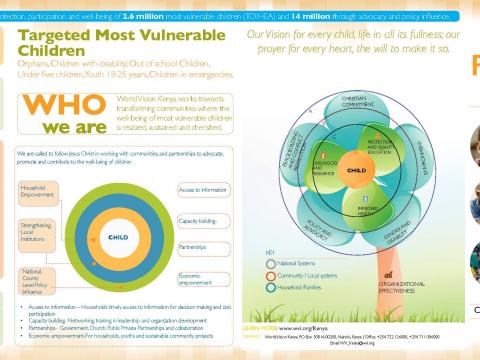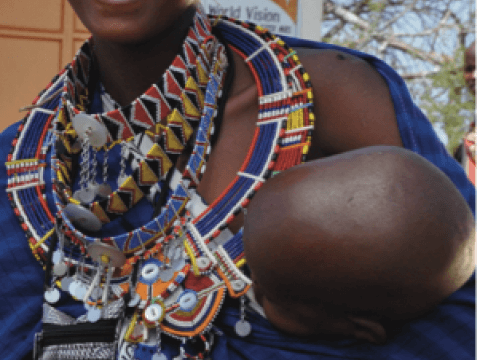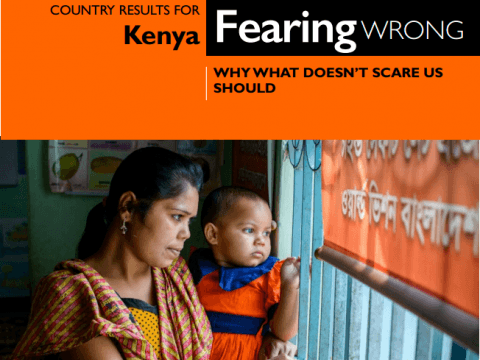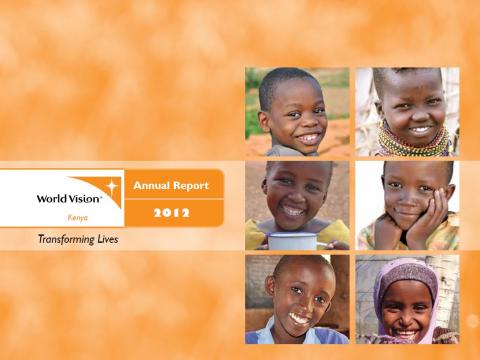Kenya - April 2019 Situation Report
Download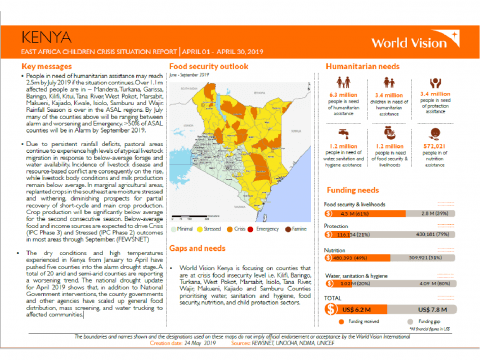
- People in need of humanitarian assistance may reach 2.5m by July 2019 if the situation continues. Over 1.1m affected people are in – Mandera, Turkana, Garissa, Baringo, Kilifi, Kitui, Tana River, West Pokot, Marsabit, Makueni, Kajiado, Kwale, Isiolo, Samburu and Wajir. Rainfall Season is over in the ASAL regions. By July many of the counties above will be ranging between alarm and worsening and Emergency. >50% of ASAL counties will be in Alarm by September 2019.
- Due to persistent rainfall deficits, pastoral areas continue to experience high levels of atypical livestock migration in response to below-average forage and water availability. Incidence of livestock disease and resource based conflict are consequently on the rise, while livestock body conditions and milk production remain below average. In marginal agricultural areas, replanted crops in the southeast are moisture stressed and withering, diminishing prospects for partial recovery of short-cycle and main crop production. Crop production will be significantly below average for the second consecutive season. Below-average food and income sources are expected to drive Crisis (IPC Phase 3) and Stressed (IPC Phase 2) outcomes in most areas through September. (FEWSNET)
- The dry conditions and high temperatures experienced in Kenya from January to April have pushed five counties into the alarm drought stage. A total of 20 arid and semi-arid counties are reporting a worsening trend. The national drought update for April 2019 shows that, in addition to National Government interventions, the county governments and other agencies have scaled up general food distribution, mass screening, and water trucking to affected communities.
Share
